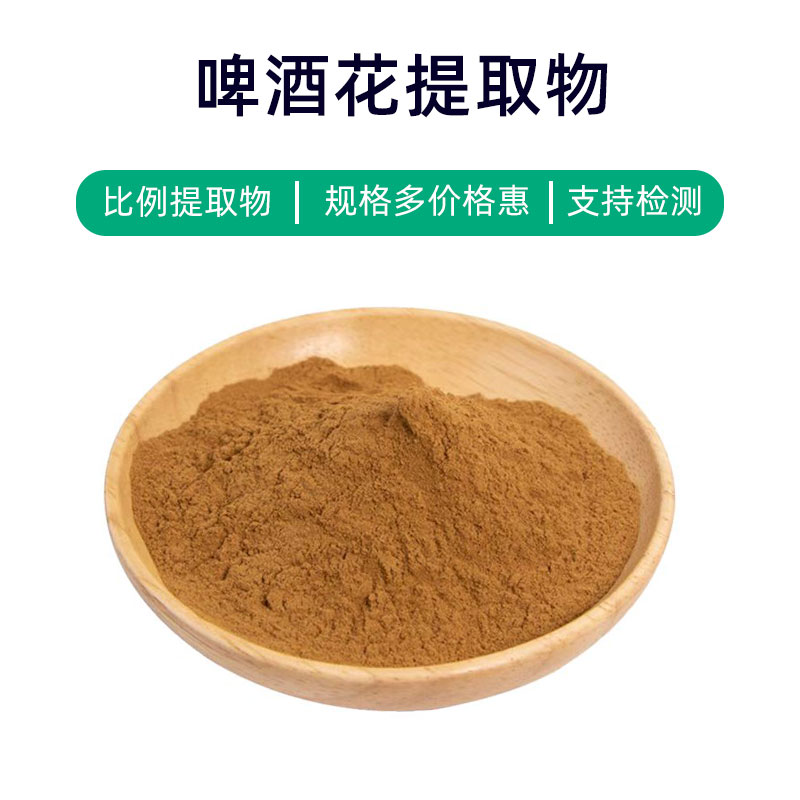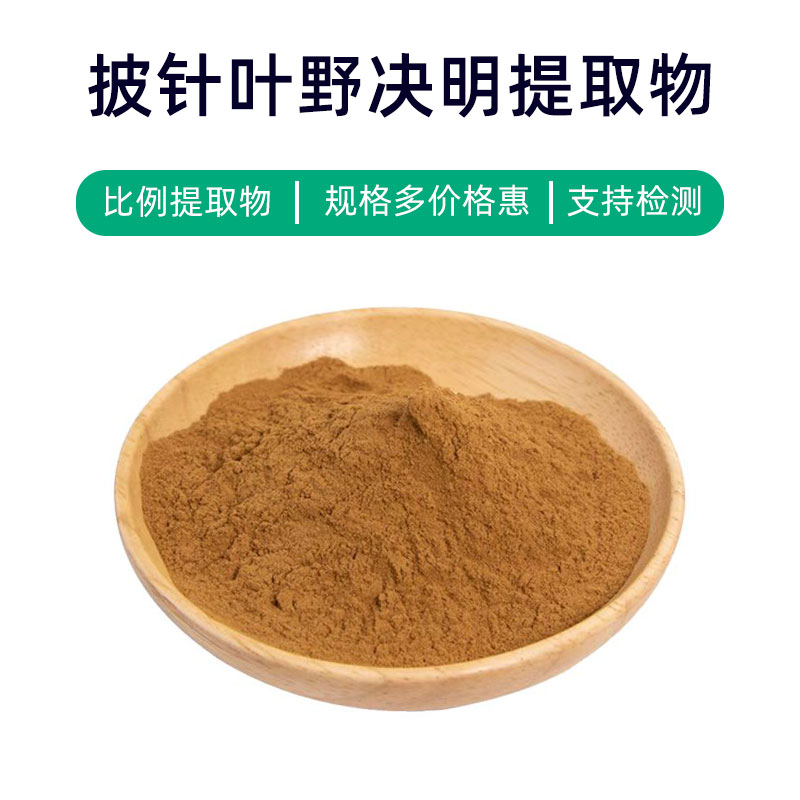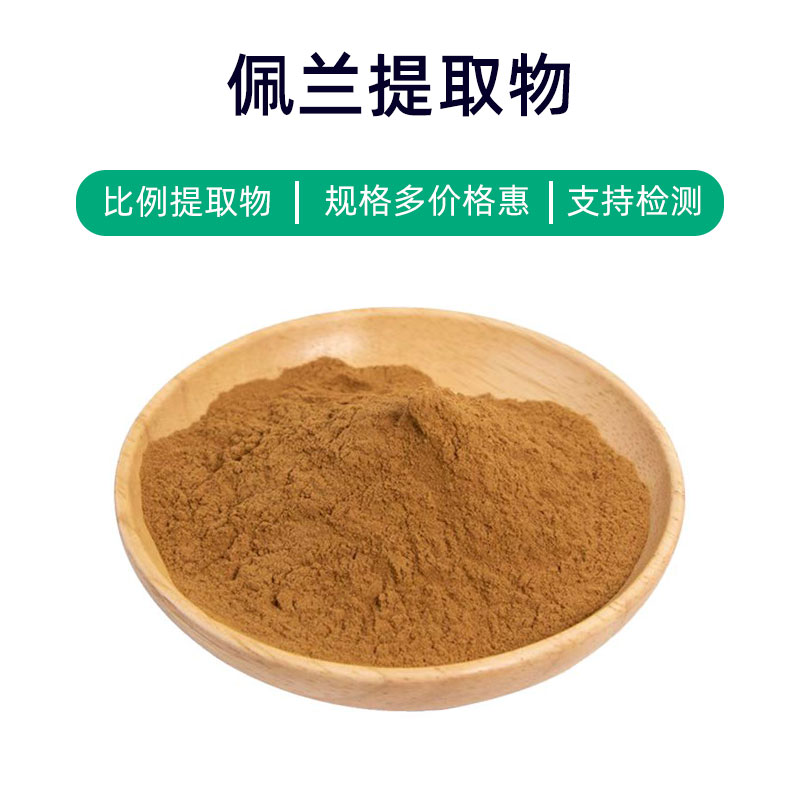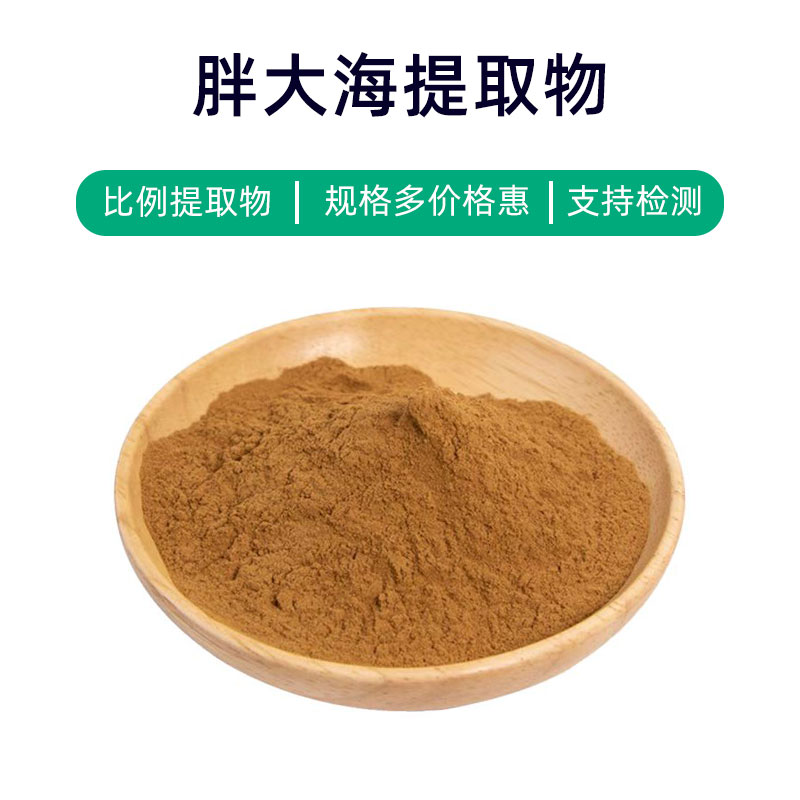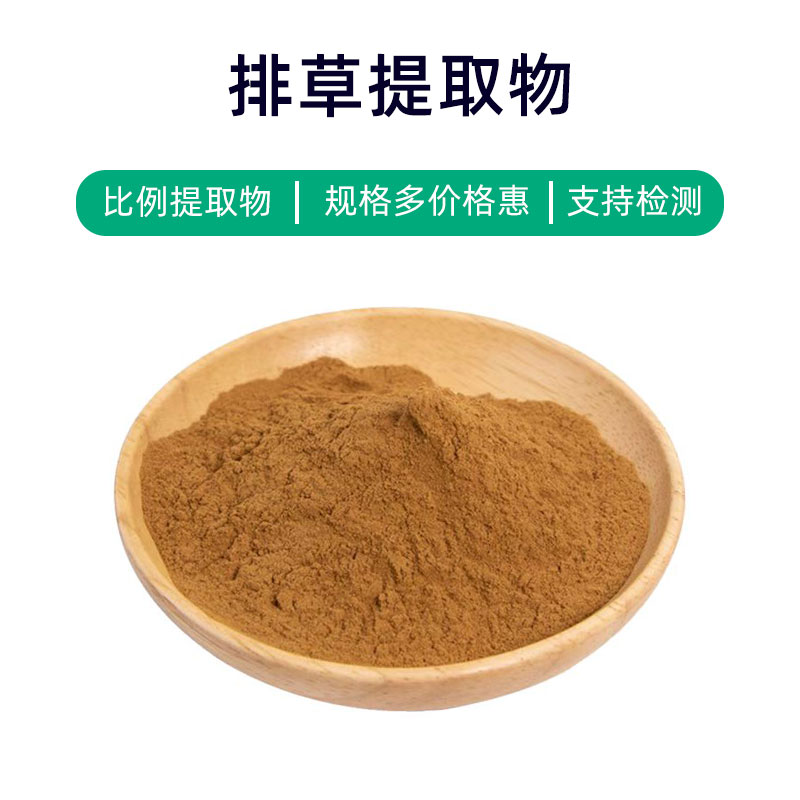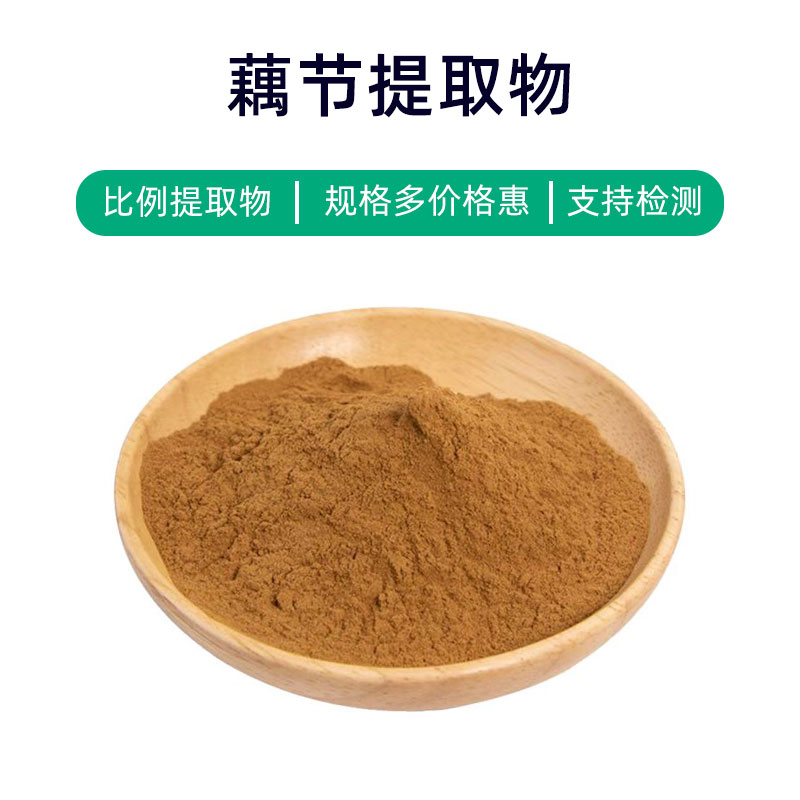Huang Bai Extract Product Introduction
Huang Bai extract is a natural plant extract obtained from the bark of the Huang Bai tree. Its main components include flavonoids, alkaloids, and volatile oils, offering significant application value in medicine, commonly for detoxifying, reducing inflammation, and other benefits. The flavonoids have strong antioxidant and anti-inflammatory properties, aiding in skin issue improvement and reducing inflammatory responses. Furthermore, Huang Bai extract is widely utilized in the food and cosmetic industries as an additive or skin-conditioning agent to enhance product quality and effectiveness.
Huang Bai Extract Production Process
The production process of Huang Bai extract typically involves the following main steps:
- Raw Material Collection and Preparation: Fresh, clean bark from Huang Bai trees is harvested. Trees with a longer growth cycle and better quality are selected, and impurities are removed.
- Extraction Process: The harvested bark is chopped or ground and mixed with an appropriate solvent (such as ethanol or water) for extraction. The extraction time and temperature depend on actual conditions; generally, longer extraction improves the yield of effective components.
- Filtration and Concentration: The extraction solution is filtered to remove solid residues and impurities, yielding a clear extract. Low-temperature concentration or evaporation methods are used to remove the solvent, resulting in concentrated Huang Bai extract.
- Crystallization and Drying: The concentrated extract undergoes crystallization to enhance purity and stability. The crystals are then dried to reduce moisture content to an appropriate level to obtain the final Huang Bai extract product.
- Refining and Packaging: The resulting extract is refined to remove impurities and enhance quality and purity. Finally, products are packaged according to customer requirements, typically using sealed packaging to ensure quality and stability.
All production processes require strict control of operational conditions and parameters to ensure product quality and safety, while adhering to relevant production regulations and standards.
Huang Bai Extract Efficacy and Side Effects
Huang Bai extract is a commonly used traditional Chinese medicine with various effects, mainly including:
- Antibacterial and Anti-inflammatory: Rich in alkaloids and flavonoids, Huang Bai has strong antibacterial, antiviral, and antifungal properties, useful for treating various infectious diseases like skin inflammation, oral inflammation, and vaginitis.
- Anti-inflammatory and Pain Relief: The alkaloids and flavonoids in Huang Bai exhibit clear anti-inflammatory effects, effective at alleviating inflammation, pain, and discomfort. It is suited for adjunct treatment of diseases such as rheumatoid arthritis and intestinal inflammation.
- Digestive Function Improvement: Huang Bai extract offers protective effects on the gastrointestinal tract, promoting gastric secretion and appetite while inhibiting the growth of pathogenic microorganisms, aiding in the recovery and regulation of digestive functions—applicable to conditions like gastritis and gastric ulcers.
- Antioxidant and Anti-aging: Rich in flavonoids, Huang Bai has strong antioxidant effects, eliminating free radicals in the body, delaying cellular aging, and protecting cells from oxidative damage. It helps to enhance disease resistance and slow down the aging process.
- Skin Problem Improvement: Huang Bai has astringent, anti-itch, and anti-allergic properties, useful for treating skin issues like itching, eczema, and acne, contributing to better skin health.
Generally, Huang Bai extract is safe, but caution should be exercised:
- Use as directed by a physician or according to the drug instructions, adhering strictly to prescribed dosages to avoid adverse reactions.
- Avoid use by individuals allergic to Huang Bai. If allergic reactions occur, discontinue use immediately and seek medical attention.
- Pregnant or breastfeeding women and children should use under medical guidance.
- Be aware of potential drug interactions when used with other medications, to prevent adverse reactions.
Overall, Huang Bai extract has promising application prospects, but careful use is necessary to prevent adverse effects.
Huang Bai Extract Application Scenarios and Dosage
Huang Bai extract is widely used in medicine, food, and cosmetics. Below are its application scenarios and dosage instructions across different fields:
- In Medicine:
- Huang Bai extract is commonly used in traditional medicine preparations, such as oral liquids, capsules, and tablets for treating digestive ailments, infectious diseases, and skin disorders.
- Dosage: Generally, oral liquids are taken at 10-20 mL per dose, three times a day; capsules at 2-4 capsules per dose, three times a day; tablets at 2-4 tablets per dose, three times a day. Specific dosages should follow medical advice.
- In Food:
- Huang Bai can be used as a natural food additive to improve taste and preserve food, commonly found in juices, beverages, pastries, and other foods.
- Dosage: Added according to food processing and formulation requirements, generally not exceeding 1% of the total food weight.
- In Cosmetics:
- Due to its antibacterial, anti-inflammatory, and antioxidant properties, Huang Bai is often found in skincare products, cleansers, and masks, helping improve skin issues and delay aging.
- Dosage: Added according to product formulation requirements, typically ranging from 0.1% to 1%.
In summary, the use of Huang Bai extract in medicine should be guided by healthcare professionals, while applications in food and cosmetics should adhere to production processes and formulation requirements. Compliance with relevant regulations and standards is essential to ensure product quality and safety.
Huang Bai Source Plant Introduction, Distribution, and Growth Environment
Huang Bai (Latin name: Phellodendron amurense Rupr.) is an ancient medicinal plant belonging to the Rutaceae family. The following summarizes the source plant of Huang Bai extract, its distribution, and growth environment:
Huang Bai is a deciduous tree that is relatively cold-resistant and primarily distributed in East Asia, including regions such as China, the Siberian Far East, Korea, and Japan. In China, it is mainly found in the Northeast, North China, and Northwest regions.
Huang Bai trees are beautifully shaped with deep gray bark, sturdy trunks, and umbrella-like crowns. The leaves are odd-pinnate compound leaves, alternate small leaflets that are oval or elliptic with finely serrated edges, dark green on the top and slightly lighter on the underside. The flowering period is typically from May to June, with small yellow-green flowers arranged in cone-shaped clusters. The fruit is a brown drupe with flat, spherical seeds and white membranous wings.
Huang Bai thrives in mountainous and hilly areas, preferring moist environments. It is adaptable to various soil types but grows best in loose, fertile, well-drained soils. The tree is highly cold-resistant, able to tolerate low temperatures, and is well-suited for cool climates. During growth, Huang Bai requires moderate sunlight but can also thrive in partial shade or cool environments.
In summary, Huang Bai is an important traditional medicine whose growth environment and distribution are mainly concentrated in East Asia, particularly in Northeast China. It is hardy, able to grow in diverse soil and climate conditions, and demonstrates strong cold tolerance.
Huang Bai Extract Processing and Storage
The processing of Huang Bai extract involves several steps, including raw material preparation, extraction, concentration, separation, and purification. First, Huang Bai materials must be cleaned and ground, then extracted using an appropriate solvent, commonly water or ethanol. The extracted liquid undergoes concentration, separation, and filtration processes to yield Huang Bai extract. Finally, the extract is dried or processed into forms like powdered, concentrated liquid, or other finished products.
For storage, Huang Bai extract should be kept in a cool, dry place, shielded from direct sunlight and high temperatures to prevent quality degradation. It is best stored in well-sealed containers to avoid moisture and oxidation. Additionally, it should be protected from contact with harmful substances to ensure quality and safety. Regular checks of the extract’s appearance and characteristics are recommended to ensure stable quality during storage.
Monica Sun is a seasoned expert in the plant extraction industry with over a decade of experience in research and production. She specializes in the extraction and purification of plant active ingredients, focusing on driving innovation in natural product applications. Monica has participated in the development of multiple functional plant extracts, delivering high-value natural raw material solutions for the health food, pharmaceutical, and dietary supplement sectors.









